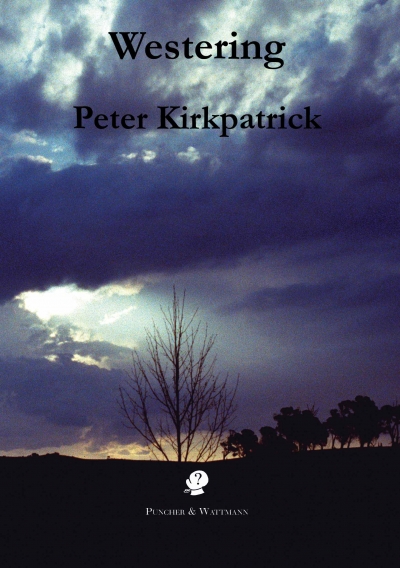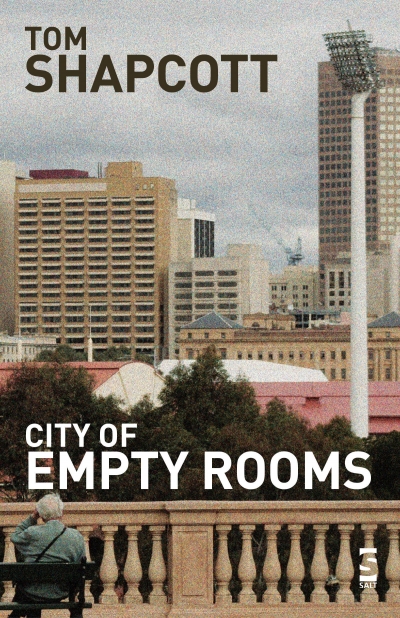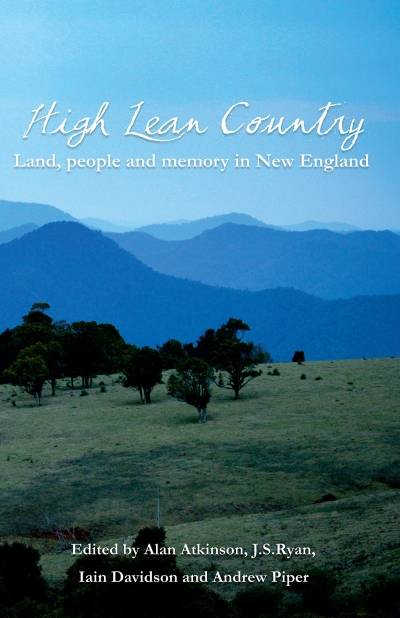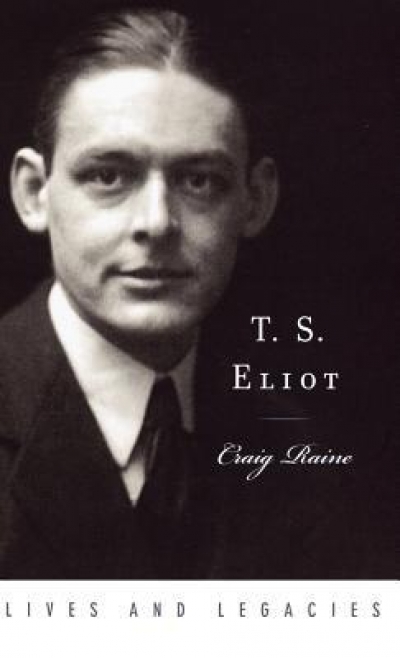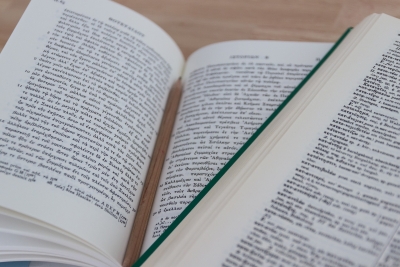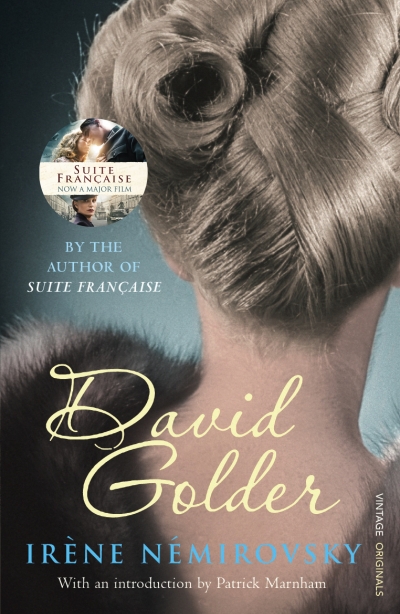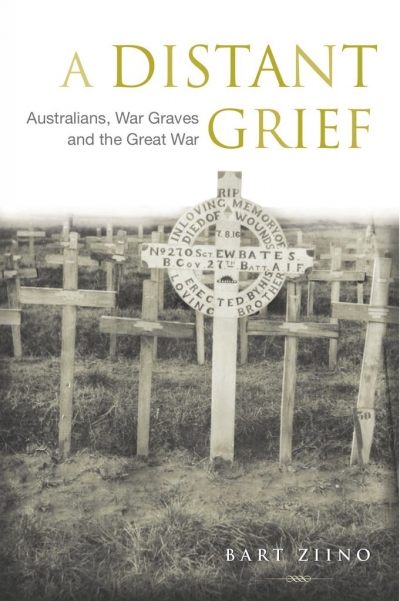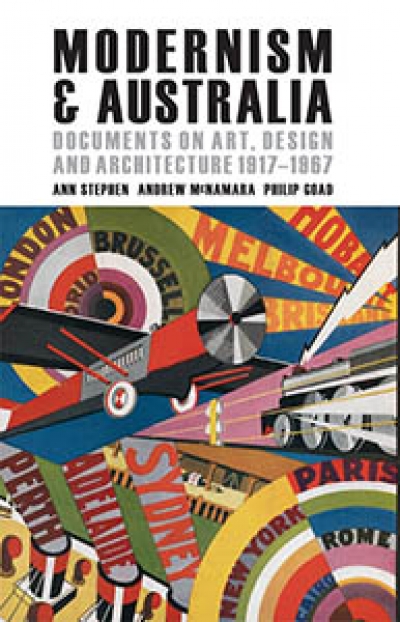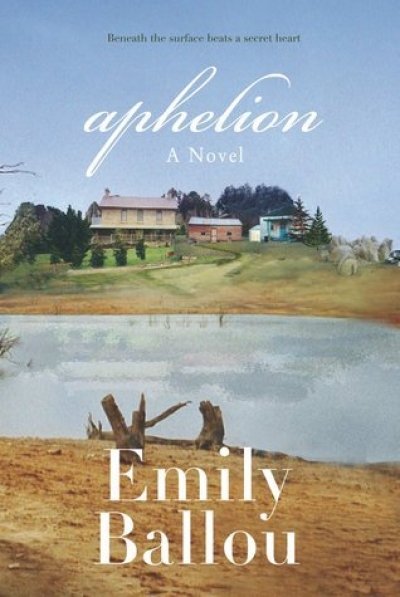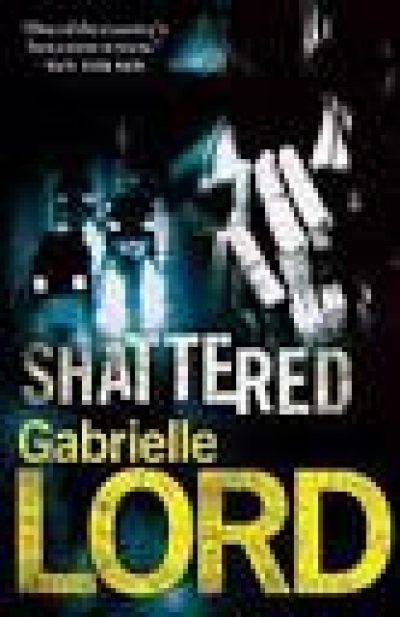Archive
High Lean Country: Land, people and memory in New England by Alan Atkinson et al.
by Kate McFadyen •
The world we live in provides us with a great deal of information that is not really intended to inform. We must be informed, for example, that a phone call is being recorded for training purposes. Thus language becomes an accessory to the black arts of spin, propaganda, manipulation and arse-covering. Words are twisted and violated, making it difficult to recover the meanings, the distinctions, that we need. What was clear becomes murky, while murkiness is hidden behind a veneer of false clarity. Protean language becomes complicit in the world’s nefarious purposes.
... (read more)David Golder by Irène Némirovsky & Irène Némirovsky by Jonathan Weiss
by Colin Nettelbeck •
A Distant Grief: Australians, war graves and the Great War by Bart Ziino
by Ken Inglis •
Modernism & Australia: Documents on art, design and architecture 1917–1967 edited by Ann Stephen, Andrew McNamara, and Philip Goad
by Anthony White •

